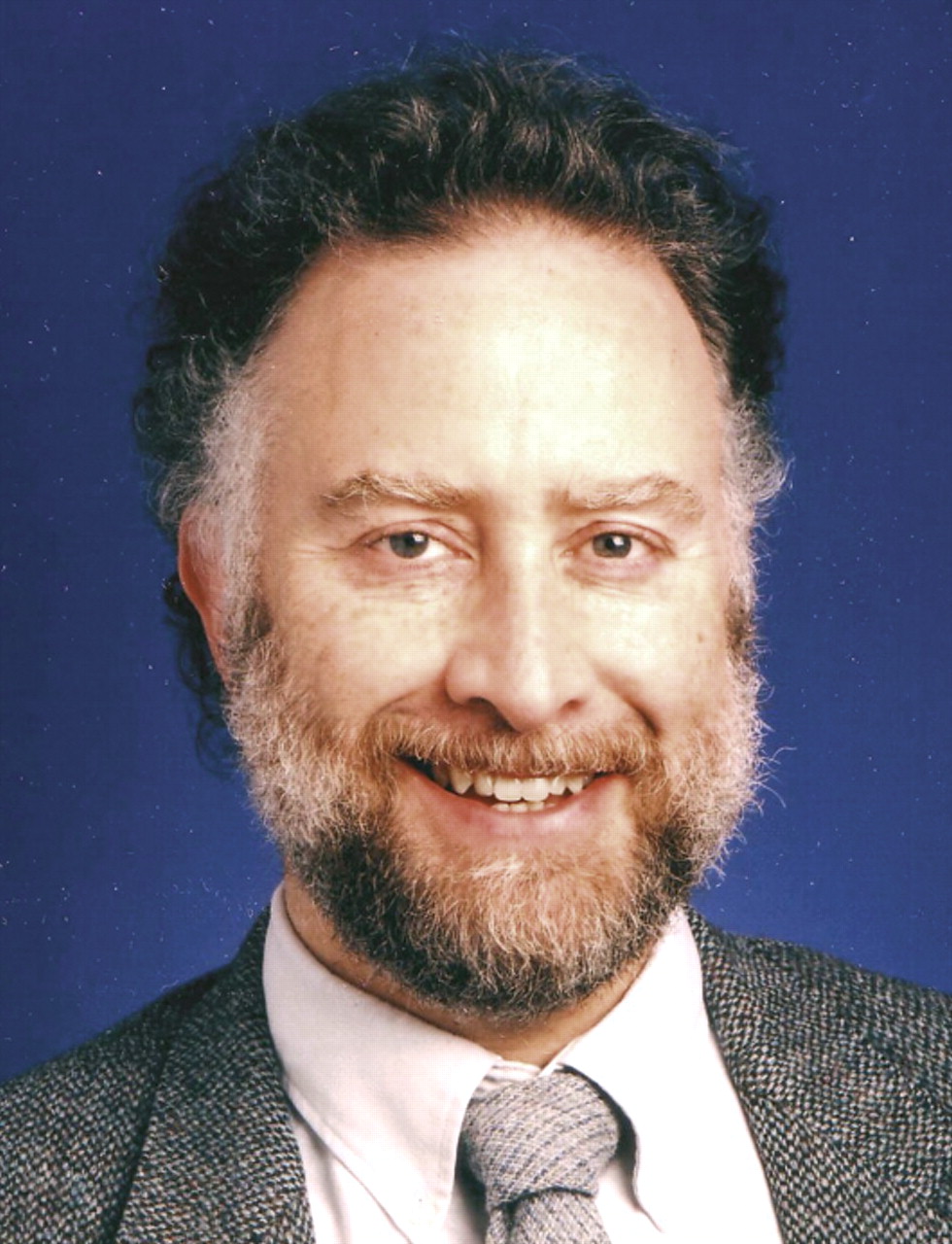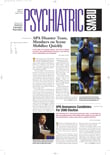A remarkable quote recently appeared in the Boston Globe regarding a study of breast masses that had been published in the New England Journal of Medicine. The study found, in effect, that the prognosis for patients with noncancerous breast masses depends on the particular cytology of the mass—the more clearly“ abnormal” or atypical, the worse the prognosis.
This study prompted an astonishingly candid response from a renowned breast cancer surgeon, as quoted in the Globe: “Dr. Susan Love, a Los Angeles breast cancer surgeon, author, and researcher, said a big problem is that a pathologist's judgment that cells look `abnormal' is extremely subjective. `It's in the eye of the beholder,' she said.”
This quote appeared at roughly the same time that actor Tom Cruise infamously insisted that psychiatry is a “pseudoscience” and not long after Rep. Ron Paul of Texas—an obstetrician by training—cited a pediatrician to the effect that “[p]sychiatric diagnoses are inherently subjective and based on `social constructions.'” APA President Steven Sharfstein, M.D., has taken Mr. Cruise and Rep. Paul to task for espousing these views.
It should not surprise us that those who attack psychiatry for its supposed“ subjectivity” do not understand much about our field. What is more surprising is that these individuals also misunderstand general medicine, which has always struggled with finding the right mix of“ objectivity” and “subjectivity.” And as Dr. Love's comment suggests, even the pathologist's diagnosis is heavily influenced by personal judgment and clinical experience.
Critics of psychiatry seem to believe that objectivity resides solely in the detection of abnormal lumps or bumps—or in some infallible blood test. These critics endlessly lambaste psychiatry for making diagnoses on the basis of subjective criteria. But what do philosophers of science understand the term “objective” to mean? And how does psychiatry compare with other medical specialties on accepted measures of objectivity?
The philosopher Amartya Sen described two essential features of objectivity: observation dependence and impersonality. “Objectivity demands taking observations seriously,” Sen argued. Objectivity also requires that there be “some invariance” with respect to the person carrying out the observation. By “invariance,” Sen meant that the observer's conclusions should be more or less reproducible by other observers, within the natural limits of human perception. To put it in the more technical language of the philosopher Thomas Nagel (in his book The View From Nowhere), “The wider the range of subjective types to which a form of understanding is accessible. .the more objective it is.” In short, if one observer sees a quacking, waddling bird and says,“ It's a duck,” that's a relatively subjective statement. If a hundred observers can agree it's a duck, we have a more objective basis for hypothesizing that “it's a duck.”
Psychiatry more than meets the two tests proposed by Prof. Sen. First, psychiatrists take observation very seriously—indeed, it is the art and science we live or die by in our profession.
From the moment the patient walks into our office, we are compiling a staggering array of empirical observations: The patient appears disheveled, he walks with a slightly ataxic gait, he appears agitated and confused, there is an odor of alcohol on his breath, his thought processes are difficult to follow, he is unable to subtract 7s serially from 100, he whispers to himself and glances over his shoulder frequently, his speech is loud and pressured, he picks constantly at his clothing, and so on. Depending on the case, many of us will supplement our own observations with neuropsychological testing, laboratory studies to rule out underlying medical disorders, and brain imaging studies to detect tumors, strokes, and dementia.
So far, so good—but do psychiatric observations meet Sen's second test—what scientists would term “interrater reliability”?
There is a huge literature addressing this issue, but a comparison of two recent studies is instructive. The first one (by van Jaarsveld et al. in the December 1999 Journal of Hypertension) examined the degree to which three “experienced radiologists” could agree on the interpretation of 312 renal angiograms; for example, whether and where renal artery stenosis was present. The second study (by Majet et al. in the January-March 2000 Journal of Affective Disorders) assessed the degree to which two psychiatrists could agree on whether 150 patients met DSM-IV criteria for three conditions: schizoaffective disorder, mania, and major depression.
Suffice to say that for two of the three psychiatric diagnoses—mania and major depression—interrater reliability was better between the psychiatrists than it was among the radiologists in the first study.
All of clinical medicine involves a subtle interplay between reason and intuition, objectivity and subjectivity, strict diagnostic criteria and clinical wisdom. Yes, psychiatry has much work to do in refining its methods of diagnosis, but this is a challenge facing the entire medical field. In the meantime, psychiatry's clinical “eye” remains pretty sharp.▪

